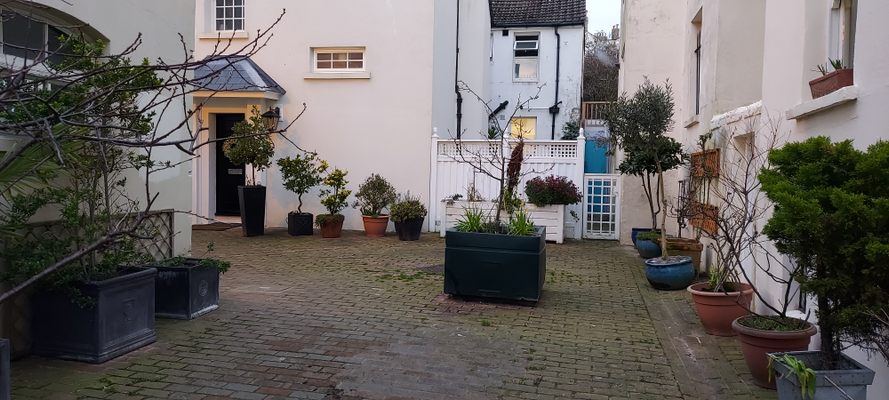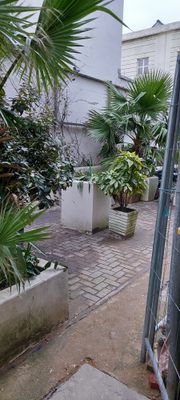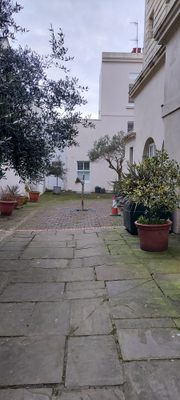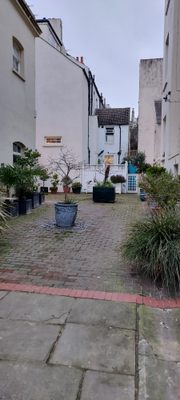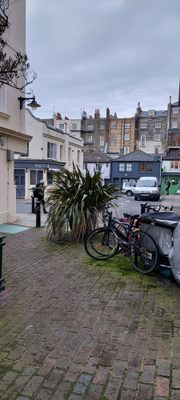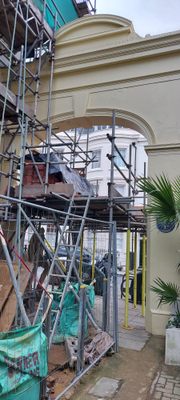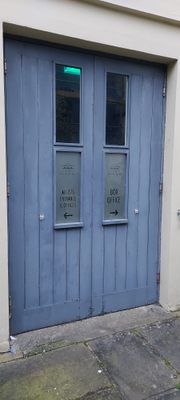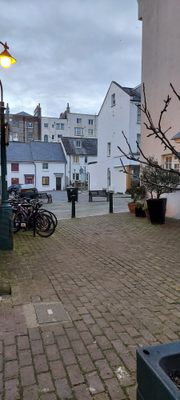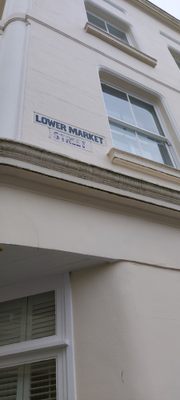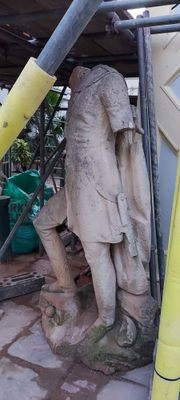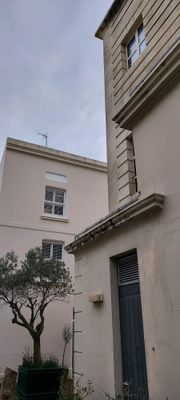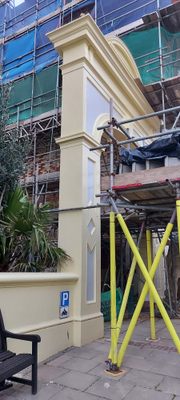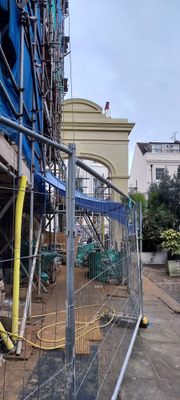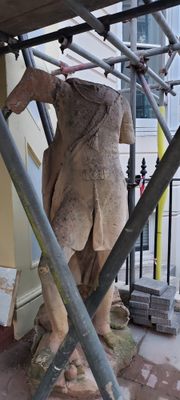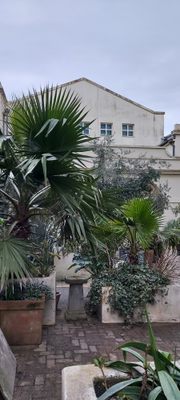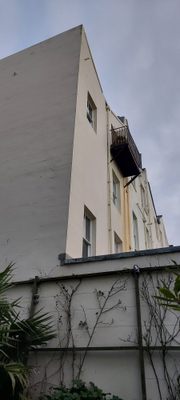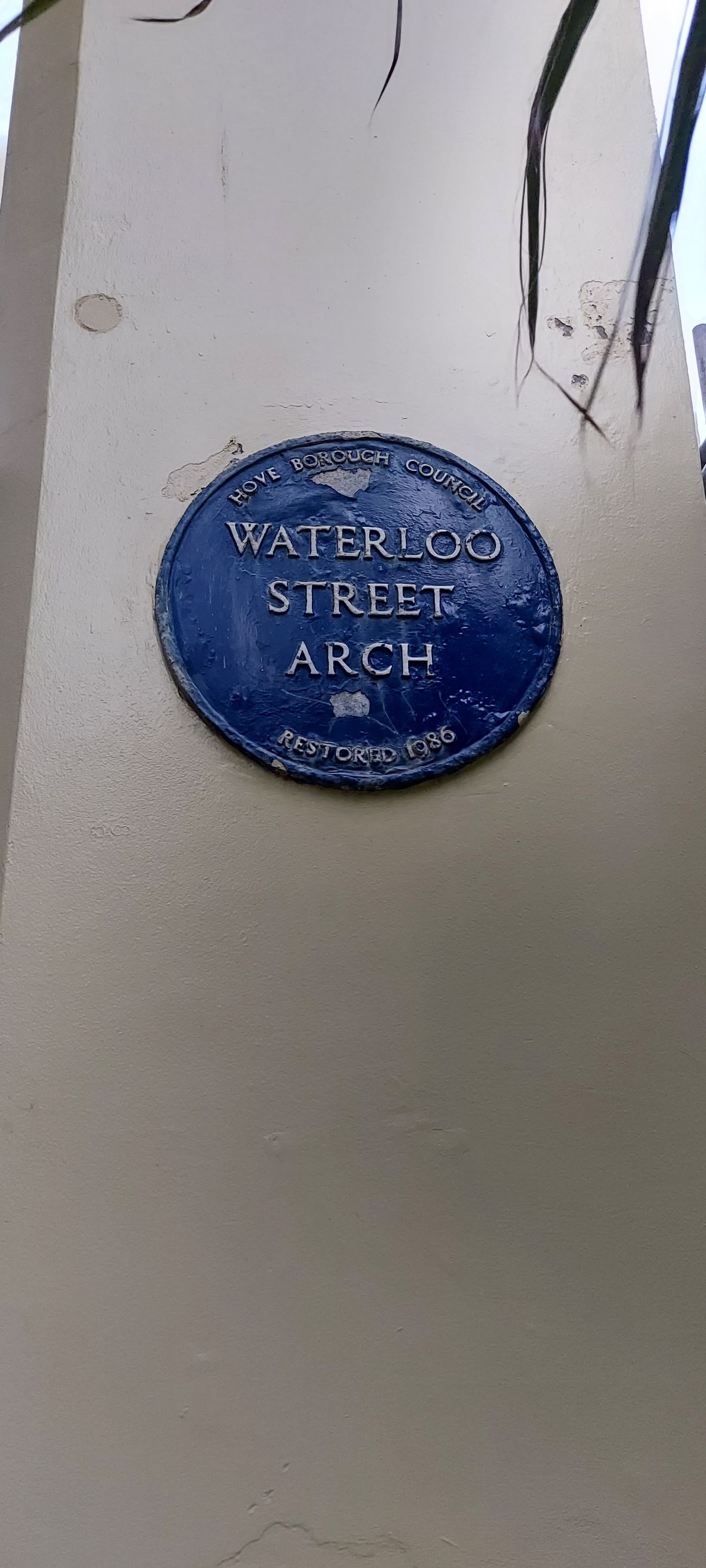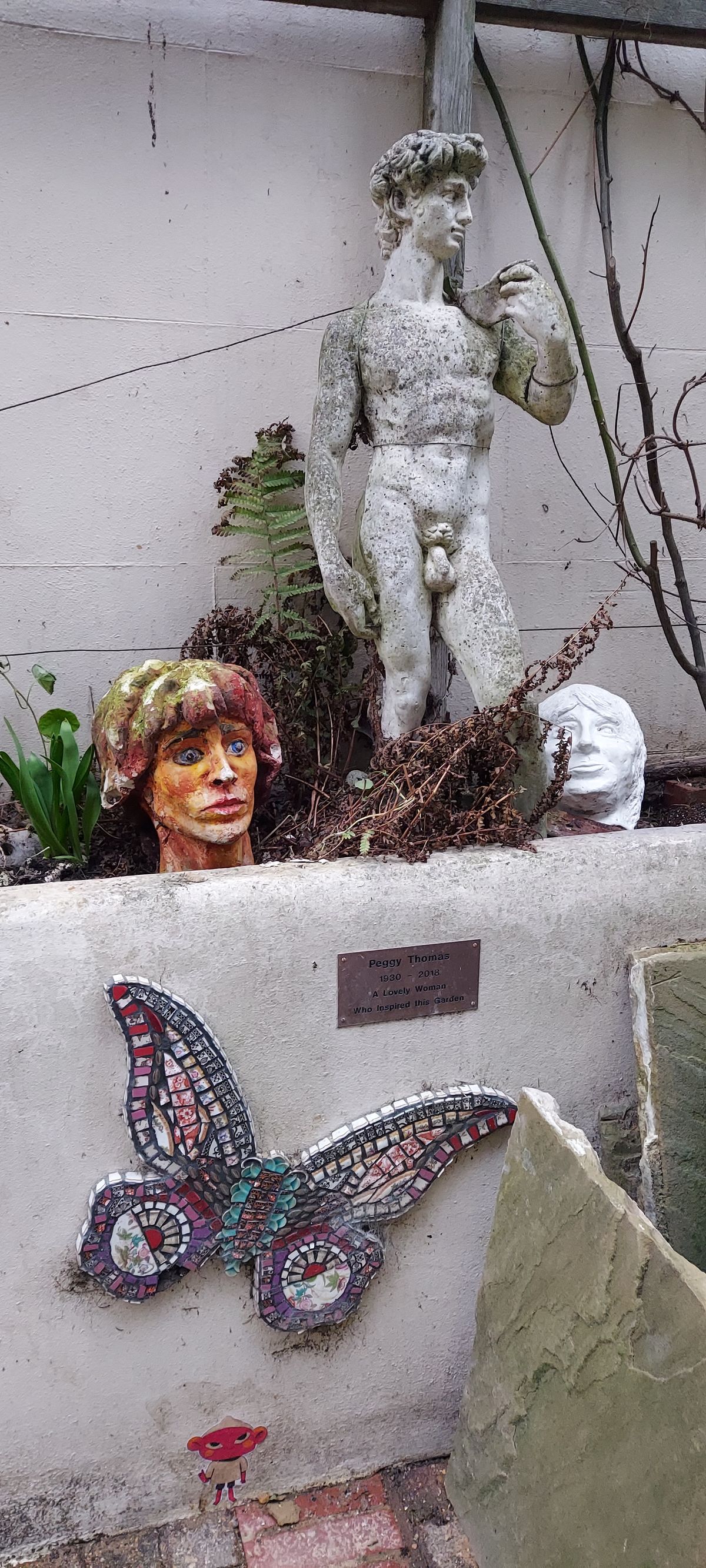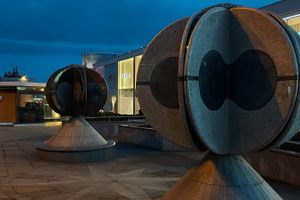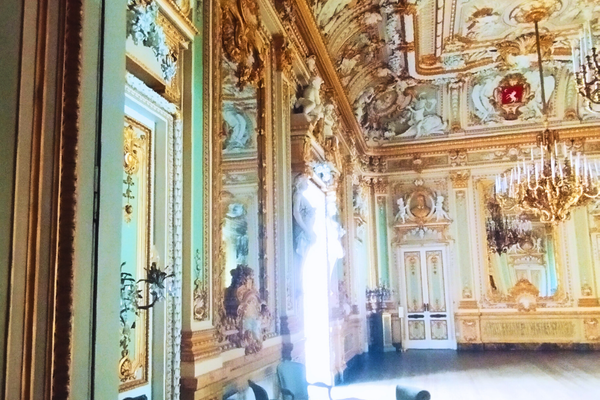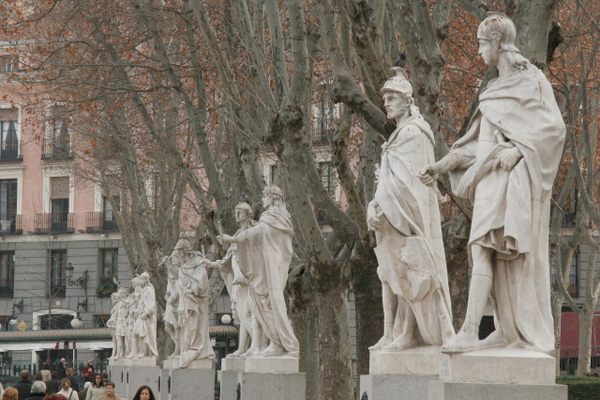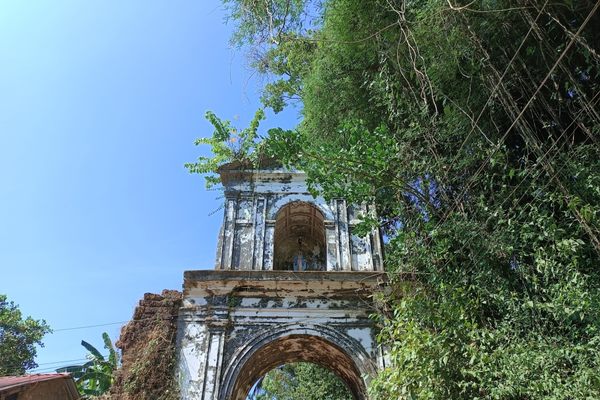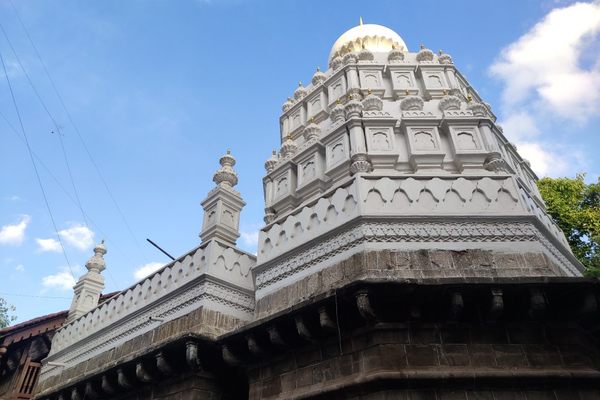About
Down an unassuming side street between Hove and Brighton, there is an odd stone archway. If you go through the archway, you will find a pleasant little courtyard and garden sandwiched between the road and the back of the Old Market Theatre. With its cobbled floor, lush greenery, statues, and pretty mosaics, this odd corner of the city feels more like Italy than England.
Waterloo Street Arch and Gardens dates back to the 1820s, when architects Amon Wilds and Charles Busby realized that despite the development of the surrounding Brunswick area, there were no shops. They decided to build a market house, now known as the Old Market Theatre. The market opened in 1829, but just 10 years later patronage had declined, and the building became a riding school.
The school first opened as Roberts Riding School in 1856, but became Du Pont’s Military Riding Establishment when Alfred Du Pont took over in 1875. The riding school soon flourished, and the archway was built by Du Pont the same year, to reflect the school’s success. By the 1900s, the school had passed its heyday. During the 1980s the Old Market was modified for a variety of uses including a warehouse, a smokehouse, and a garage that housed the cars that competed in the first Brighton Car Rally. By that time the building was dilapidated and was full of asbestos.
The archway was fully restored in 1986, and now leads into a community garden. Both have a strong connection to war veterans. The neighboring Waterloo Street was likely named after the Battle of Waterloo (1815), as it would have been fresh in people’s minds at the time and one of Wellington's officers present at the battle, Sir Edward Kerrison, lived nearby. The headless statue beneath the arch is of military captain William Henry Cecil George Pechell, who died in the Crimean war of 1855. It once stood over four meters high, with the left arm holding a shako hat and the right hand holding a sword. With the exception of the right arm, the statue was carved from a single block of Caen stone by sculptor Matthew Noble. It also once had a pedestal, and during Queen Victoria’s time, it sat at the front entrance of the Royal Pavilion. The statue was so heavy that the floor beneath it had to be reinforced. This displeased the local newspapers “because it cannot be seen except to the greatest disadvantage, and because the Pavilion is an unsafe, and, therefore, improper place, in which to keep valuables of any kind.”
In 1914 the statue was moved to the entrance of Brighton Museum, then to the back of the art gallery in 1930, before being placed in Preston Park, where he was beheaded at some point—although the how or why is a mystery. The Waterloo Street Community Garden Group gave Captain Bill a new home in 2015. The original plan was for him to be placed in the center of the garden, however, they could not lift him over or through the arch and so the monumental statue can now be found in his current position.
Related Tags
Know Before You Go
The arch is on Waterloo Street on the east side of the Old Market venue. The quirky garden can be visited at any time.
Community Contributors
Added By
Published
July 29, 2021
Sources
- Secret Brighton: An Unusual Guide by Ellie Seymour https://www.ellieandco.co.uk/product/secret-brighton
- https://rossgeorge9.wixsite.com/wscg
- https://historicengland.org.uk/listing/the-list/list-entry/1209987
- https://www.mybrightonandhove.org.uk/places/listed-buildings/listed-buildings-16
- https://britishlistedbuildings.co.uk/101209987-the-waterloo-street-arch-brunswick-and-adelaide-ward#.YK6YH7VKjIU
- https://hovehistory.blogspot.com/2015/11/waterloo-street-hove.html
- https://community21.org/partners/resource/directory/green_spaces/11721


